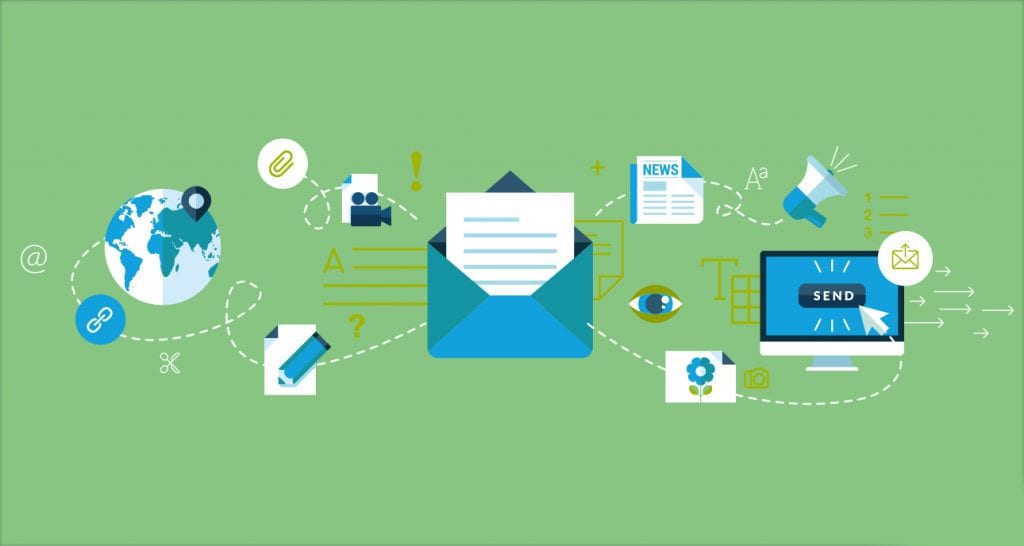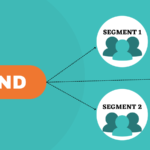Email marketing remains a critical component of digital strategy for businesses aiming to maintain and expand their customer base. Analyzing performance metrics of these campaigns is essential for identifying areas of improvement.
Understanding the nuances of your email outreach can unlock numerous opportunities for growth and engagement. This post delves into the strategies for analyzing and enhancing your email marketing efforts.
Understanding the Basics
Before diving into analytics, it’s imperative to understand the key metrics that define the success of an email campaign. These include open rates, click-through rates (CTR), conversion rates, and bounce rates.
Open rates give you an idea of how many people are opening your emails, indicating the effectiveness of your subject lines. Click-through rates measure how many recipients are engaged enough to click on a link within the email. Conversion rates show the percentage of recipients who have taken the desired action, such as making a purchase.
Bounce rates are also crucial, as they tell you how many of your emails are not reaching their intended recipients. A high bounce rate could indicate problems with your email list or issues with email deliverability.
Segmentation for Better Engagement
One size does not fit all in email marketing. Segmenting your email list based on demographics, past purchasing behavior, or engagement level can significantly improve your campaign performance.
By tailoring your messages to specific segments, you increase the relevance of your content, leading to higher open and click-through rates. This targeted approach opens up opportunities to resonate more deeply with your audience.
Segmentation can be as simple as separating new subscribers from long-time customers, or as complex as creating personalized emails based on browsing behavior.
A/B Testing for Optimization
A/B testing, also known as split testing, involves sending two slightly different versions of an email to a small percentage of your total recipients to see which version performs better.
Varying elements like the subject line, call to action (CTA), email layout, or send time can provide insights into preferences of your target audience. This method not only unveils opportunities for improvement but also helps refine future campaigns for better results.
The key is to change one element at a time to pinpoint what influences the performance the most.
Once a clear winner is identified, you can confidently roll out the more effective version to the rest of your audience, ensuring higher engagement and conversions.
Email Design and Content
A visually appealing design and compelling content are foundational to any effective email campaign. Ensuring that emails are mobile-friendly and load quickly can drastically affect open rates and engagement.
Furthermore, crafting content that is relevant, informative, and adds value encourages recipients to keep engaging with your brand. Including personalization elements such as the recipient’s name or past purchase history can further enhance the user experience.
Utilizing opportunities to integrate storytelling into your emails can also create a more memorable and impactful connection with your audience.
Measuring Performance and Making Adjustments
Effectively analyzing your email campaign’s performance involves more than just a one-time review. Continuous monitoring and adjusting based on analytics is crucial for sustained success.
Utilize email marketing tools to track your campaigns’ key metrics over time. Look for trends and patterns that indicate the preferences and behaviors of your audience.
Testing and optimization should be ongoing processes. As your understanding deepens and your strategies evolve, your campaigns will become increasingly effective, opening up new opportunities for growth.
Leveraging Technology
Today’s email marketing platforms offer advanced features like automation, artificial intelligence (AI) based segmentation, and predictive analytics. These tools can dramatically enhance the efficiency and effectiveness of your campaigns.
Automation can ensure timely follow-ups, welcome series, and re-engagement campaigns, reducing manual workload and maintaining constant engagement with your audience.
AI and predictive analytics can identify opportunities for personalized recommendations, optimal send times, and even predict future behaviors, enabling more targeted and effective campaigns.
In conclusion, the continuous analysis of email campaign performance uncovers vast opportunities for improvement and growth. By focusing on key metrics, embracing segmentation and personalization, and leveraging the latest technological tools, businesses can significantly enhance their email marketing effectiveness. Keep testing, keep optimizing, and watch your engagement and conversion rates soar.


